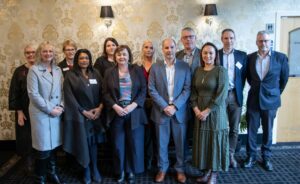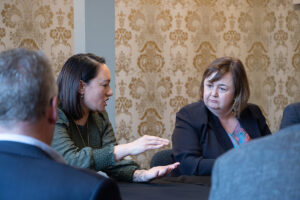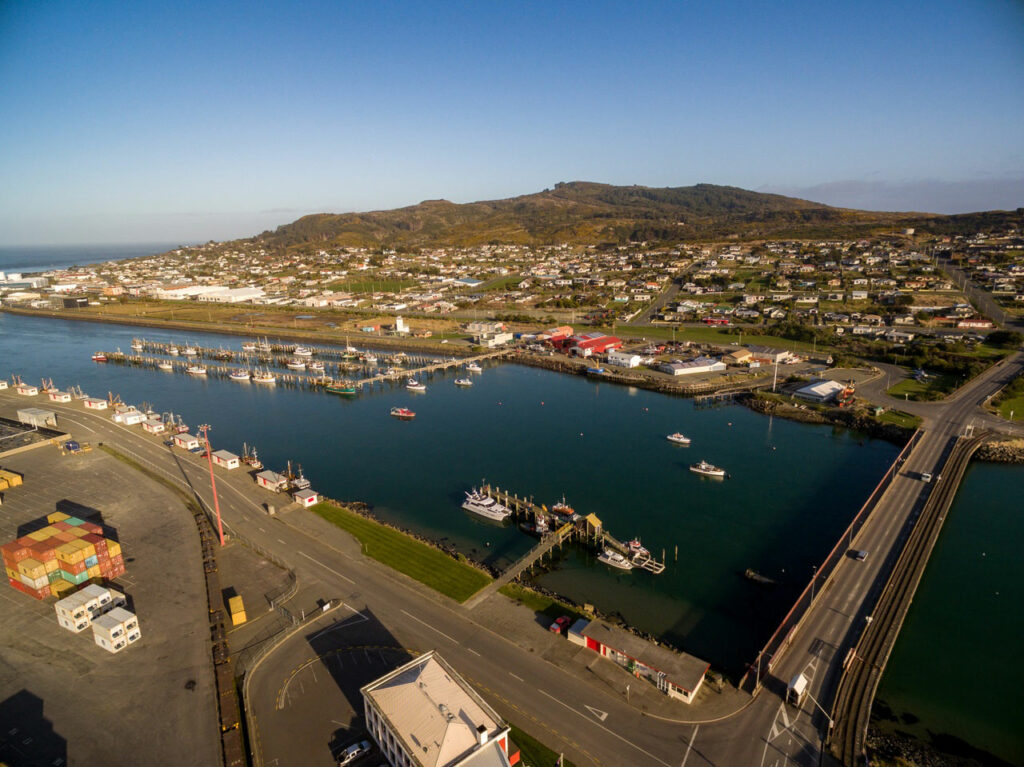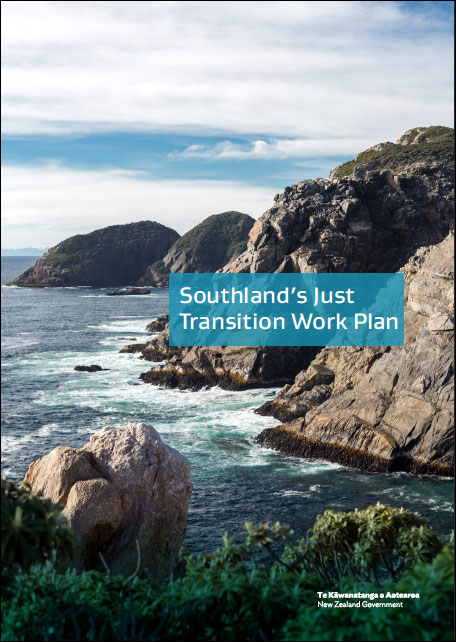Welcome
Welcome to the website dedicated to keeping the community updated on the progress of Southland’s just transition. This site contains information on work that is under way, who is leading the work and why.
The contact page outlines how you can get involved.
But first, what have we set out the do? Collectively, regional leaders, working though the project’s Enduring Oversight Group, decided the just transition should help Southland:
“Build its economic, environmental and social resilience through and beyond the planned closure of the New Zealand Aluminium Smelter in December 2024.”

Regional Plan unveiled to ensure successful future for Murihiku
Southland is set to reveal the future plan of the region next week, aimed at creating a shared future vision and pathway for Murihiku. The

Southland’s secret sauce, the region is ready to pounce
Energy and Resources Minister Dr Megan Woods issued a heartfelt commendation this morning to the resilient community of Southland and its dedicated Just Transition Enduring

Southland’s time to shine
Southland is stepping into a more diverse and sustainable future, thanks to the hard work of Southland Just Transition.
Following the July 2020 closure announcement of the New Zealand Aluminium Smelter (NZAS), the Government committed to support the Southland region through a just transition process. In response, the Ministry of Business, Innovation and Employment (MBIE) has supported a year-long engagement and planning process with Southlanders.
Regardless of the fate of NZAS, a key focus of the just transition is planning for and managing the social, economic, and environmental impacts of economic change. A transition process should support communities to include a range of perspectives in planning, seize opportunities, and mitigate harms.
Defining a just transition
Major economic changes, such as a large employer leaving a region, tend to disadvantage some groups more than others. At times, these changes will have enough of an impact to cause long term harm to the community unless properly managed.
A concerted, cross-sector effort can mitigate these harms, support a community to adapt and manage impacts, and take advantage of new opportunities – we call this a just transition.
In general terms, a just transition is a strategy to help a region lead its own planning and ensure the impacts and opportunities arising from the transition are more evenly distributed.
A just transition process recognises there are many communities and perspectives in a region. There are also lots of different views on what a “successful” transition looks like.
A transition must be inclusive
Working in partnership with key Pou (or groups) can balance the ambitions of different groups, including those who may not always be included in regional planning.
In Southland the just transition partnership includes:
- Iwi
- Local government
- Education providers
- Business representatives
- Workers (represented by unions)
- Community organisations
- Central government
- The primary sector
What’s the government doing for Murihiku/Southland?
Hear the response from the Minister of Energy and Resources Megan Woods (3 minutes watch time).
Question 1 – Dr Liz Craig to the Minister of Energy and Resources from New Zealand Parliament on Vimeo.
What does this all mean for Southland?
During 2021 the just transitions process in Southland set about defining the challenges and opportunities facing the region. This included an assessment of the existing planning documents and developing an understanding of the region’s competitive advantages. This process was guided by an interim Project Oversight Group, consisting of MBIE officials, the Regional Public Sector Commissioner, Murihiku Regeneration Collective representatives, and Southland local government representatives.
The just transition engagement and planning process resulted in a work plan broken into three key themes:
- New industries and employment
- Transitioning business and skills
- Long-term planning and capability
Find out more about the workplan.

